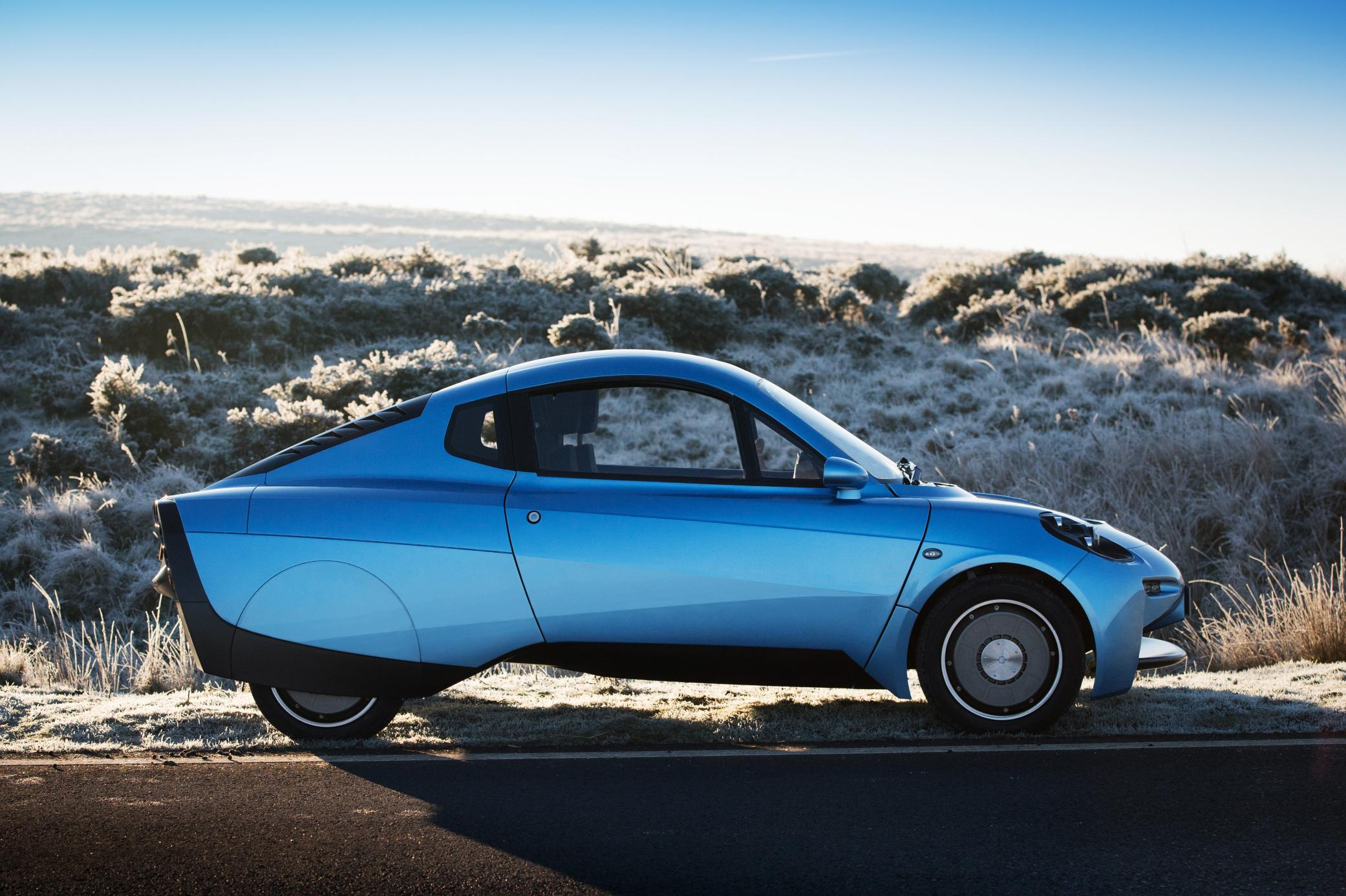
A door for a hydrogen powered car has been build using flax supplied by materials specialist Composites Evolution.
The door panel, developed by NetComposites, KS Composites and Riversimple for the Rasa hydrogen fuel cell car, has been built using a carbon/flax hybrid micro-sandwich which reportedly combines the mechanical benefits of carbon with the added advantages of reduced weight, cost, NVH and environmental impact of flax.
The need to reduce weight to improve vehicle efficiency and range is leading to the adoption of carbon fiber, which is relatively expensive, energy/CO2 intensive, and can cause noise, vibration and harshness (NVH) issues, the company says. ‘However, flax is a natural fiber which is low cost, low density, sustainable and has improved vibration damping properties, and has been shown to work well when combined with carbon fiber in hybrid composite structures.’
Environmental benefits
‘The Riversimple Rasa door panel demonstrates the great technical, economic and environmental benefits of the flax/carbon hybrid composites,’ said Brendon Weager, technical director at Composites Evolution. ‘This lightweight materials technology fits well with the ethos of Riversimple and zero emission vehicles as a whole. We fully expect this technology to be rolled out to a wider range of components in the near future.’
This story uses material from Composites Evolution, with editorial changes made by Materials Today. The views expressed in this article do not necessarily represent those of Elsevier.




